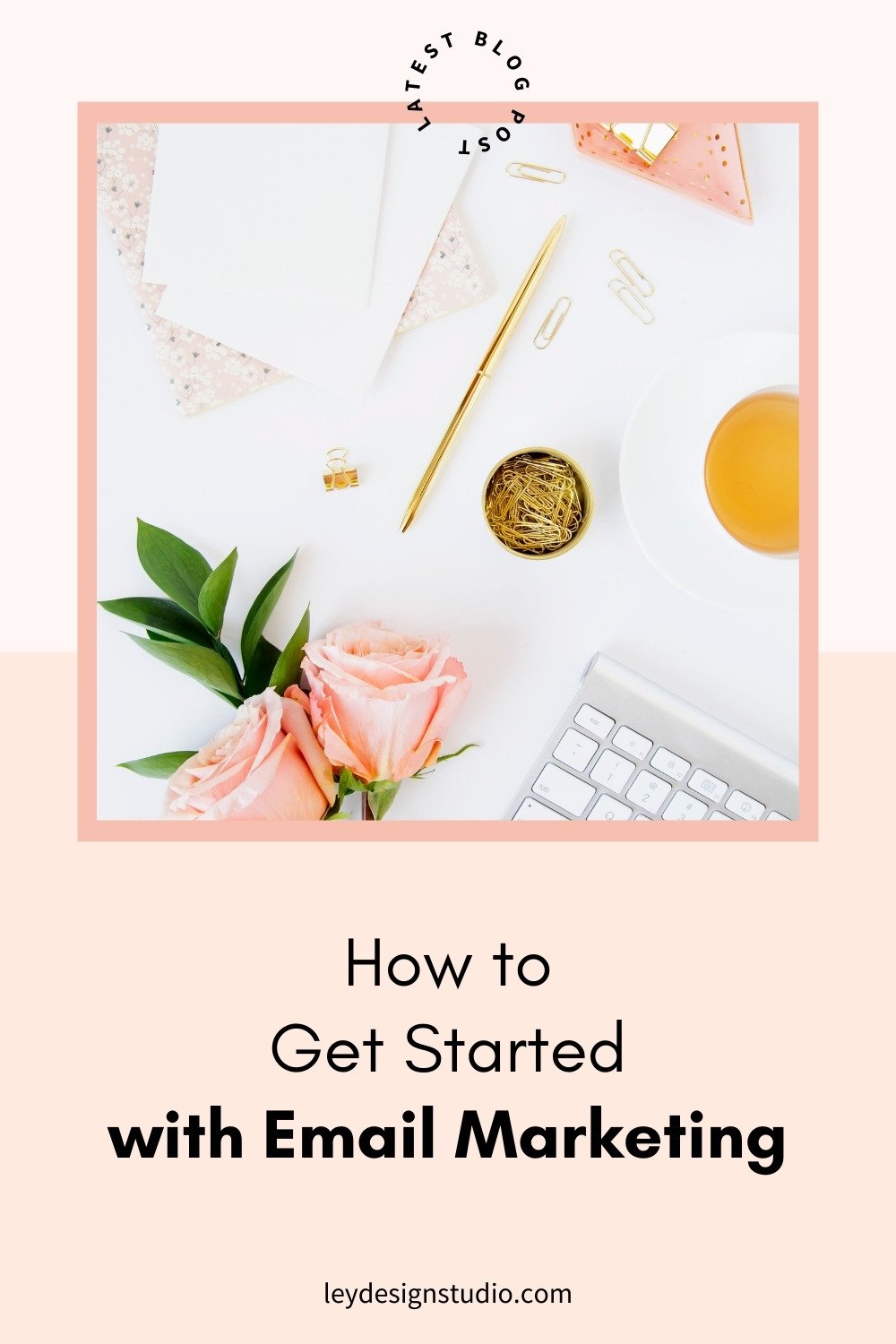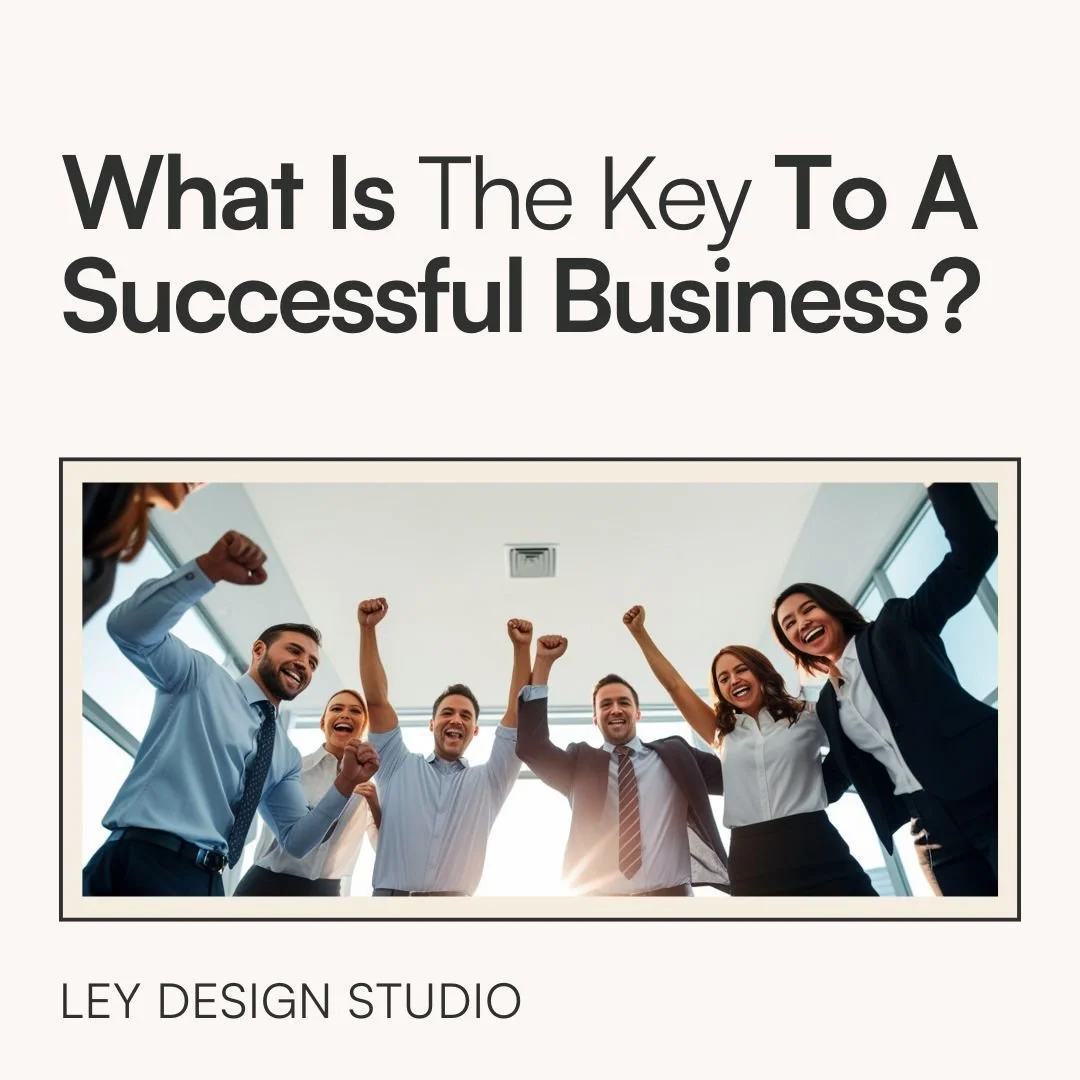How to Get Started with Email Marketing for Beginners
Heads up: this post may contain affiliate links. In other words, if you make a purchase using my link, you won’t pay a dime more but I’ll earn a small commission. My chips and salsa fund thanks you from the bottom of its heart… er stomach?
So today, I want to talk about a little bit about email marketing, because email marketing is one of the absolute best marketing methods that you can actually implement in your business.
Long gone is physical marketing (flyers, posters, etc). If you do still use those and have stacks to dispose of, utilize a Bulk Shredding Service to properly get rid of those private and trademarked documents.
In fact, I can guarantee you that no matter what kind of business you have, whether you're an influencer or whether you have a shop with physical products, whether you have a shop with digital products, whether you sell courses or services or anything of the sort, most of your sales are going to come from your email list.
And I have not only statistics that back me up on that, but also from my own experience. All of my template sales, my course sales and my clients have come exclusively through my email list. On top of that, email marketing has an incredible ROI. According to a research from 2019, for every dollar that you spend on email marketing, you can expect to get $42 in return. So if that's not enough to convince you to get started and get on board with email marketing training, then I don't know what is. So because of that, I wanted to talk about how you can actually get started with email marketing in 2023.
Prefer to watch? Click the play button below
What Is Email Marketing?
So first let's clear up some basic terminology. What even is email marketing? So email marketing is essentially a process in which you use emails to promote your products or services to the people who are on your list, who have opted in to hear from you and to receive marketing emails from you. Now, how do you get people to opt in to actually hear from you? Well, you need to build an email list, which is essentially a list of email addresses, a list of people who have given you their email address, and said, okay, I want to hear from you, I want to hear what you have to offer.
And basically that email list is yours. You can take it with you to any email marketing platform that you choose. It is something that belongs to you, and it is the most important marketing asset that you can have because it's not subject to algorithm changes. It's not subject to platforms up and disappearing. It is yours to take with you and go wherever you want to actually stay in touch with you on email subscribers, unlike social media, which can disappear at a moment's notice.
Opt-In Forms and Lead Magnets
Then we also have opt-in forms, which are essentially forms, asking for their email and sometimes their first name, usually their first name. When someone fills out that form, they’re basically giving you permission to send them marketing and promotional messages. (But you do have to make that clear within the language of the form to be compliant with various privacy and spam laws.)
And then we also have something known as an opt-in or a lead magnet or a free gift or a freebie, however you want to call it.
This is, essentially, something free that you give in return in exchange for that email address.
Now, most of the people nowadays, aren't going to subscribe to your newsletter because we receive over a hundred emails per day, on average in our inboxes. And trust me, nobody wants yet another newsletter.
They want something that's going to give them value. So that's when you offer them something for free. It can be something like a checklist or a recipe or a cheat sheet or a free masterclass or a free audio training, something simple that solves their problem and provides value to them so that they will be interested in subscribing to your email list.
Email List Segmentation
And then another thing that we need to mention when it comes to email marketing is segmentation, or how you actually organize your list.
So, in some marketing platforms you will have just one giant email list of people who have opted in to hear from you. Then you can organize that list by tags or groups or segments, depending on the email marketing platform that you use. This essentially just allows you to group certain people based on how they opted into your list or what they're interested in. Based on that information, you can send them more relevant emails.
For example, let's say two people opt into your email list. One of them signs up for a free checklist on essential things you need to organize your pantry. Another person signs up for your masterclass on 10 things to know before you hire an interior designer.
Now, obviously these two people might not be interested in the same thing. Person opting into your masterclass might be more interested in hiring an interior designer; whereas person who opted in for the checklist for pantry organizing items might be more interested in doing it themselves. So based on that, it wouldn't make much sense for you to promote your services to the person who opted in for something that is meant for DIYers.
And similarly, person who is looking actively to hire an interior designer, might not be interested in hearing about a course that you have on organizing your pantry.
So obviously the marketing messages for these two types of people will need to be different. And by grouping them with either with tags or into groups or into different segments, you can see who is interested in what, and based on that you can send them more targeted emails, which results in a better click rate (how many people actually click the links you include in your email campaigns), but also in a better conversion rate (how many people end up buying what you’re promoting in your email campaigns).
Email Marketing Platforms
And finally, another thing to keep in mind when it comes to marketing is the email marketing platform itself. So there are a bunch of email marketing platforms out there. Some are free or offer you certain features for free. Some, and usually most of them, save all the best features for the paid plans.
Very few of them offer things like automations, welcome sequences immediately on the free plan. Some of them do, but, usually, they are extremely limited. For example, you can only have one automation or automation is limited to only one email or something like that.
When it comes to email marketing platforms, several well-known names include MailChimp, which was popular for the longest time, because it offered what seemed like a generous free plan. It allowed you to have up to 2000 subscribers for free. But MailChimp is extremely limited in what you can do with those subscribers. So you don't really have the ability to send automations on the free plan or powerful automations or more than one automation on the free plan.
And some people also find it very clunky and difficult to use. Then we also have platforms like MailerLite, which is excellent for beginners. And I have a whole tutorial on how to connect MailerLite with Squarespace on my blog that you can read.
Several other platforms include ConvertKit, Flodesk, Constant Contact, Drip, and plenty more to choose from.
Why do you need an email marketing platform? Because you can't really send email marketing messages using your G Suite or Gmail address. Not only will you hit like a certain limit pretty hard, very soon. And email services like Gmail or Yahoo or Outlook or whatever is popular today, or even G Suite; will not allow you to simply send marketing messages through their platform. They're not meant for that. They are meant for everyday email communication. If you want to send marketing messages, you will actually need a dedicated email marketing platform, like the ones I mentioned above.
How to Get Started With Email Marketing
So now that we know those basic terms, let's talk about how to actually get started with email marketing.
1. Create a Free Lead Magnet
The first thing that I would recommend you do is to create your free lead magnet. So think about what is it that you're going to offer to your subscribers, in exchange for their email address?
Again, this doesn't need to be anything complicated. You don't need to spend three weeks, months, or even years creating an it can be something super simple. But it needs to be focused on something that solves a problem that your ideal client has. So, for example in my business, I offer several freebies.
But I also offer several different products and services and based on those products and services, I offer different freebies. So for example, I have a marketing checklist that basically tells you what you need to do on a daily, weekly, and monthly basis to actually market and promote your business. I also have a free masterclass that talks about the five steps you need to take to DIY your website.
All of those are examples of freebies that I offer to people who come to my website in exchange for their email address. So naturally your gift, your freebie, your opt in, it needs to be connected to what you offer in your business. It needs to have that logical connection that takes them from a random visitor to a subscriber to a paid customer.
So, if you need a little help with coming up with your lead magnet or your freebie, I have a workbook that takes you through the entire process of creating a lead magnet that will grow your email list like crazy. And best of all, you can create it in just one weekend. So if that's something that you're interested in, be sure to check that out.
2. Sign Up for an Email Marketing Platform
So once you have your opt in out of the way, the next thing that I would recommend you do is sign up for an email marketing platform. Now, as I've mentioned before, there are plenty of email marketing platforms to choose from. If you're looking for something free to get started with, MailerLite is a great option because it allows you to not only deliver the freebie to your subscribers, but it also allows you to send, to set up automations.
If you're looking for something more powerful and you have a bigger budget to work with, then I would recommend you get started with ConvertKit.
3. Create Your Optin Form
Once you've signed up for your email marketing platform, then you'll want to create an email opt-in form. This is the form where your subscribers will enter their email address and their name. And that's that form needs to be connected to the freebie. So you will set that up within your platform, but essentially you will set up an automation so that when somebody fills out that form, they are immediately taken to that freebie.
You can either set that up as a URL redirect so that when they click the confirmation button, they will be taken to that download. Or you can set it up so that the email goes out to them and links to that file somewhere on the web, whether it's on Google Drive or a Dropbox or something like that or even on your website.
4. Set Up a Welcome Sequence
Once you have that set up, I would recommend that you set up a welcome sequence that essentially just tell us them more about you and also gets them to engage with you. So it's a good idea in that welcome sequence to include some sort of a easy question, like tell me what you, what brought you here or where you're at in your business or something like that, that essentially gets them to reply to you and start engaging with your emails.
Remember, email marketing is all about building a relationship with your subscribers so that they learn to trust you and eventually buy from you. So if that's something that you want, then you definitely want to start getting them to engage with you, trust you.
This welcome sequence doesn't need to be along or super elaborate. I have received welcome sequences that are only one email. I have received some that are three emails. I have received some that are a month long. So really it's up to you and how much time you have to spend on your welcome sequence.
But I would recommend somewhere between three to five emails. Three, if you're super short on time, it's very, it's enough to just let them know who you are, what you have to offer, show them your best content and tell them what they can expect moving forward.
5. Create Your Nurture Plan
Once you have that welcome sequence in plan in place, then I would recommend you create a plan for what you're going to do with your email subscribers moving forward. Of course you want to email them regularly. Don’t just deliver that freebie and then disappear and show up months later and try to sell to them. Chances are, nobody will remember who you are or how they ended up on your list.
So make a plan to email them at least, at minimum once a month, but ideally twice a month or even once a week is even better to just sort of stay top of mind and teach them to actually see you in their inbox and to make a connection with you.
And if you need a little help with what to send your email subscribers Liz Wilcox has an excellent Email Marketing Membership for only $9 a month. Every week she sends you an email with a simple template that you can use and repurpose and tailor to your own business and your own expertise. And it's super fun so check it out.
6. Set Up Your Sales Sequences
So another thing that i wanted to mention when it comes to emailing your subscribers is that you'll want to set up sales sequences or promotional emails that go out and regularly promote your products. Again, you can tie this in with your launch so when you're launching something in your business you'll definitely want to set up launch sequence or you can just set up regular promotions to go out every month that basically keep your offers top of mind.
Final Thoughts
And that's it for today's post. I hope this was helpful to you and I hope you’ll start emailing your subscribers regularly.
For more tips and tricks, check out these articles:







